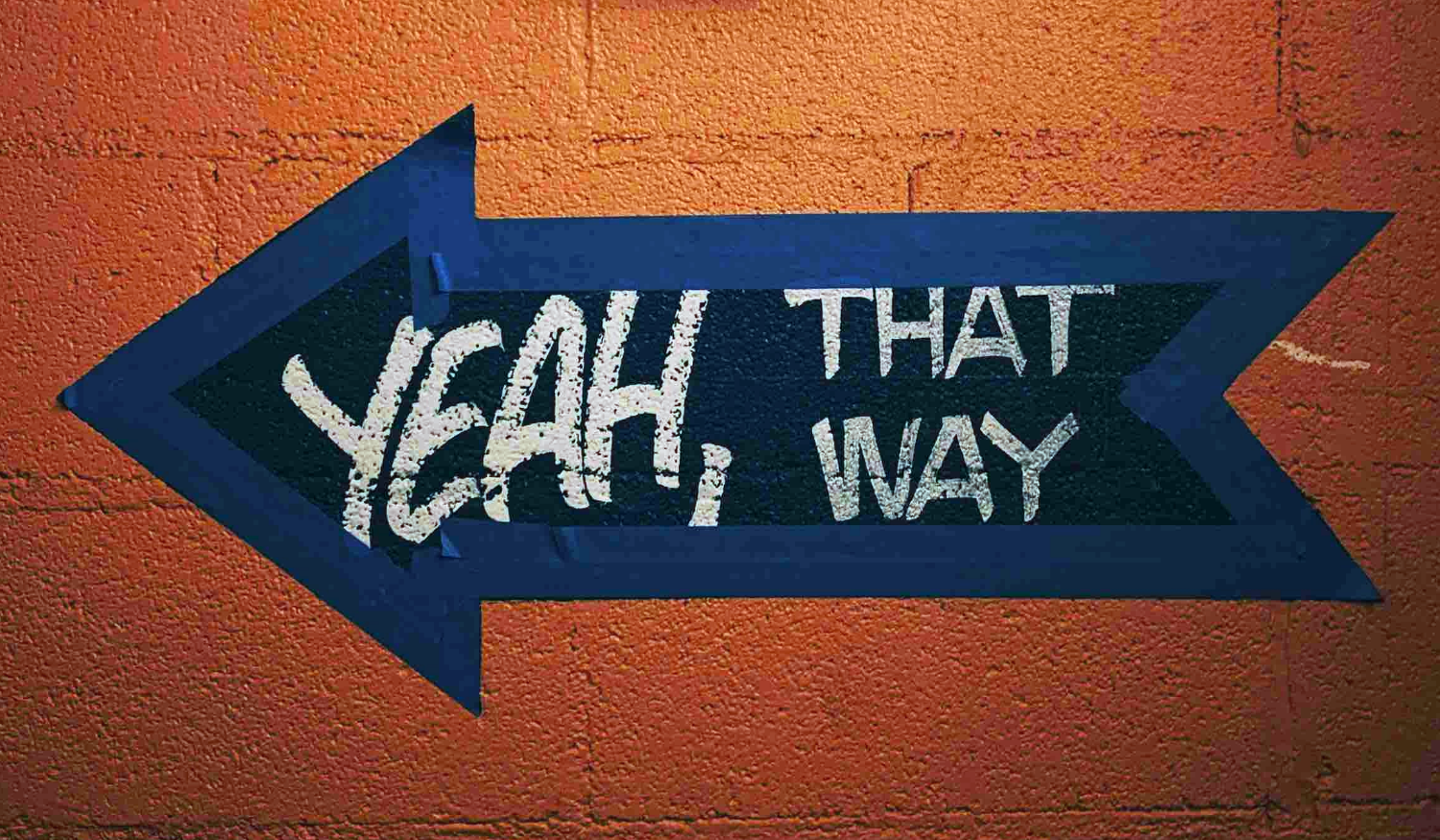The 7 Best Tips for Creatives to Follow When Starting a Project
I recently mentored a graphic design student on her project for AIGA Orlando's Spot Showcasementorship program. I found myself providing guidance...

Recently, I was invited back to participate in the creative portfolio review at the annual Adobe Creative Jam. The focus of the portfolios varied from UX / Design to Copywriting and even PR. I typically get to spend 15 minutes with each participant. This, of course, isn’t nearly enough time for me to share enough feedback to really help students get started in a career I know they want so badly. However, I do hear myself repeating a lot of the same feedback when doing these speed-dating style portfolio reviews. So with that in mind, here my top 5 creative portfolio suggestions:
Are you a Designer? UXer? Copywriter? Try to focus on just one. Often when reviewing creative portfolios, I find that candidates want to show ALL the things they have ever tried to do. For example, UX, Code, Graphic Design, AND Copywriting. This makes it tough for me to know what they really want to do, or what they’re actually good at. An interviewer wants to know what specific role on a team you’ll fit into. While it’s great to show enthusiasm and hunger for a job, ANY job, it makes it tough to figure out how a candidate will fit in with the team.
TIP: Streamline and focus your portfolio. If you really are interested in a few different career tracks, you can change the focus depending on who you’re showing it to, or what job you’re currently interviewing for. Another option to consider is keeping your portfolio focused on just a few general projects, and send a follow-up PDF with relevant work examples explicitly geared to the job you’re interviewing for.
Like most busy Creative Directors, I spend about 5 minutes at most looking at a resume and portfolio to get the overall gist of the work and experience. If it’s hard to follow, you’ve lost me at 30 seconds. You want to feature work examples that are easy to scan, and relevant experience that is quick to read.
TIP: Aim to sell your work and skills in 5 minutes or less. Keep explanations short when possible. Remember you’ll get to walk through the projects in much more detail when you land phone or in-person interviews.
Whether you’re a UXer or not, the navigation on your site should be simple. You want to aim for minimal clicks. The more clicks to get to the work, the more viewers you lose.
TIP: Minimize clicks to get to the projects you want a reviewer to see, and consider the order in which you list the work on your creative portfolio. Lead with your #1 project for the best chance of having a reviewer continue on to look at your next 2 projects.
I find that a lot of younger candidate portfolios and resumes tend to be over-designed. A lot of “flair” has been added, such as headshots, multiple fun fonts, lots of colorful design elements, graphs and charts to show off skills. All these are unnecessary and take away from what you’re really trying to feature, which is your actual work and thinking. Even if you ARE a designer, keep the shell of your portfolio and resume as clean and straightforward as possible.
TIP: If your portfolio and resume feel too plain, you’re probably going down the right path. Minimal design is best, and will really stand out from the sea of over-designed and cluttered portfolios. Limit the visuals to your work examples.
Sometimes interviewees really want to show off their “edgy" personality. For those of us who’ve been in the industry for a long time, this can come off as trying way too hard. Creative Directors have met so many “edgy” people that, at this point in our careers, it’s not something we actively seek out or are impressed by. Please leave off the curse words off of your portfolio, it doesn’t make you sound cool or "hireable." While there’s definitely a time and place for that, your portfolio is NOT it. Same goes for sarcasm and irony. Tone it down a notch, as it can come across as a negative personality as opposed to the positively-minded team player we’re looking for.
TIP: Keep your personality on an “About” page in your portfolio. If an interviewer likes your work and is considering how you’d fit in with their team, they will find your About section. And if they REALLY like your work, you can bet they’re all over your Facebook, Instagram, etc., so consider the impression you give off on social channels as well.
Overall, keep it focused on the work, keep it simple, and seek out lots of feedback. Most importantly, remember that your creative portfolio is meant to be ever-evolving throughout your entire career. Don’t wait until you feel it’s 100% done to get it out into the world.
Sign up for our monthly newsletter to receive updates.

I recently mentored a graphic design student on her project for AIGA Orlando's Spot Showcasementorship program. I found myself providing guidance...

As leaves start their annual fashion show and the air turns crisp like a perfectly baked apple crumble, businesses have a once-in-a-year chance to...

You know you need marketing help, but with so many options, choosing the right marketing agency for your business can seem daunting.